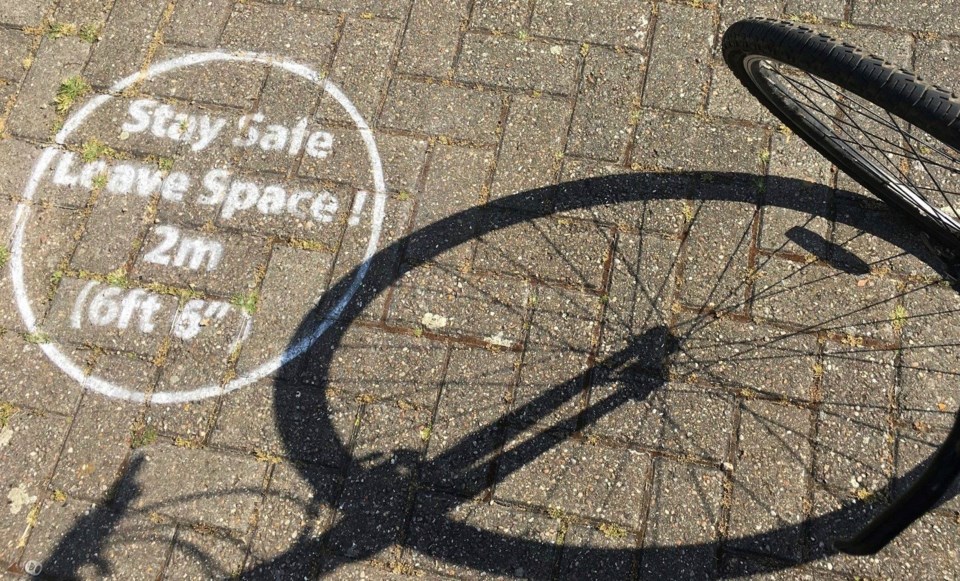LONDON — I moved to London in 1997. I was 31. So, measuring by my London years, I’m only 24.
Over the course of my London life I’ve accumulated at least 12,000 commuting hours — 500 days — in the London Underground, locally known simply as “the Tube.”
Spending all that time underground was my choice. I enjoyed people-watching, reading books, or counting how many stops a person takes to put on make-up or finish a sandwich. Hopping on a bike to cover that journey up above was never an option — racing double-decker buses and heavy lorries through busy London streets wasn’t my cup of tea.
Where I came from, cycling meant something different. In my childhood in the Croatian capital of Zagreb, bicycles weren't tools designed to bring you from A to B in record time, but vehicles for new, carefree (and heavy traffic-free) adventures beyond the known world of your
Then COVID-19 sneaked into town.
Lockdown ground London to a halt. I badly needed to find something positive in the stress and madness of the whole situation, and I found it: The opportunity for bike adventures beyond my usual daily world had unexpectedly opened, and my wife and I decided to take advantage.
For the first four weeks of lockdown, we did not leave our home. Then, with the fifth week approaching, we opened our bike sheds. There, two bikes, left behind by our once-teenage kids, were waiting expectantly.
The first ride was surreal. Witnessing an extraordinary time in our city’s history, we embarked on a once-in-a-lifetime journey to deserted tourist landmarks, meandered through the ghostly empty streets of the city and experienced a true “tell your grandkids” moment when we ended up being the only people outside Buckingham Palace.
They say that in times of crisis and self-reflection, it is essential to be able to see glasses as half full, rather than half empty. But even our half-full glasses needed weekly top-ups.
In order to motivate ourselves, we created different themes and targets for our rides. “London: East to West.” “Down the Thames.” “The Northern Canals." Together, they handed us a completely different perspective on the city we had been living in for decades.
Flood barriers. River lighthouses. Statues of
As the lockdown progressed, we realized we were not alone out there. Many other Londoners came to the same idea. So many, in fact, that there was an eight- to 10-week waiting list for bicycle orders. Many councils have decided to build additional highways for cyclists, and many drivers are unhappy. Petitions from all directions are pinging around social media. Bike buzz has taken hold of London.
We’re not sure what the future will look like, but helmets, lycra, and flashing lights are already part of our new reality. If nothing else, it will come in handy for our ‘City at Night’ ride later this week.
The 20-plus miles we plan to cover will be a piece of cake. After all, I’m only 24.
___
Virus Diary, an occasional feature, showcases the coronavirus pandemic through the eyes of AP journalists around the world. Nino Bantic is a video editor for The Associated Press, based in London. Follow him on Twitter at http://twitter.com/BanticNino
Nino Bantic, The Associated Press



